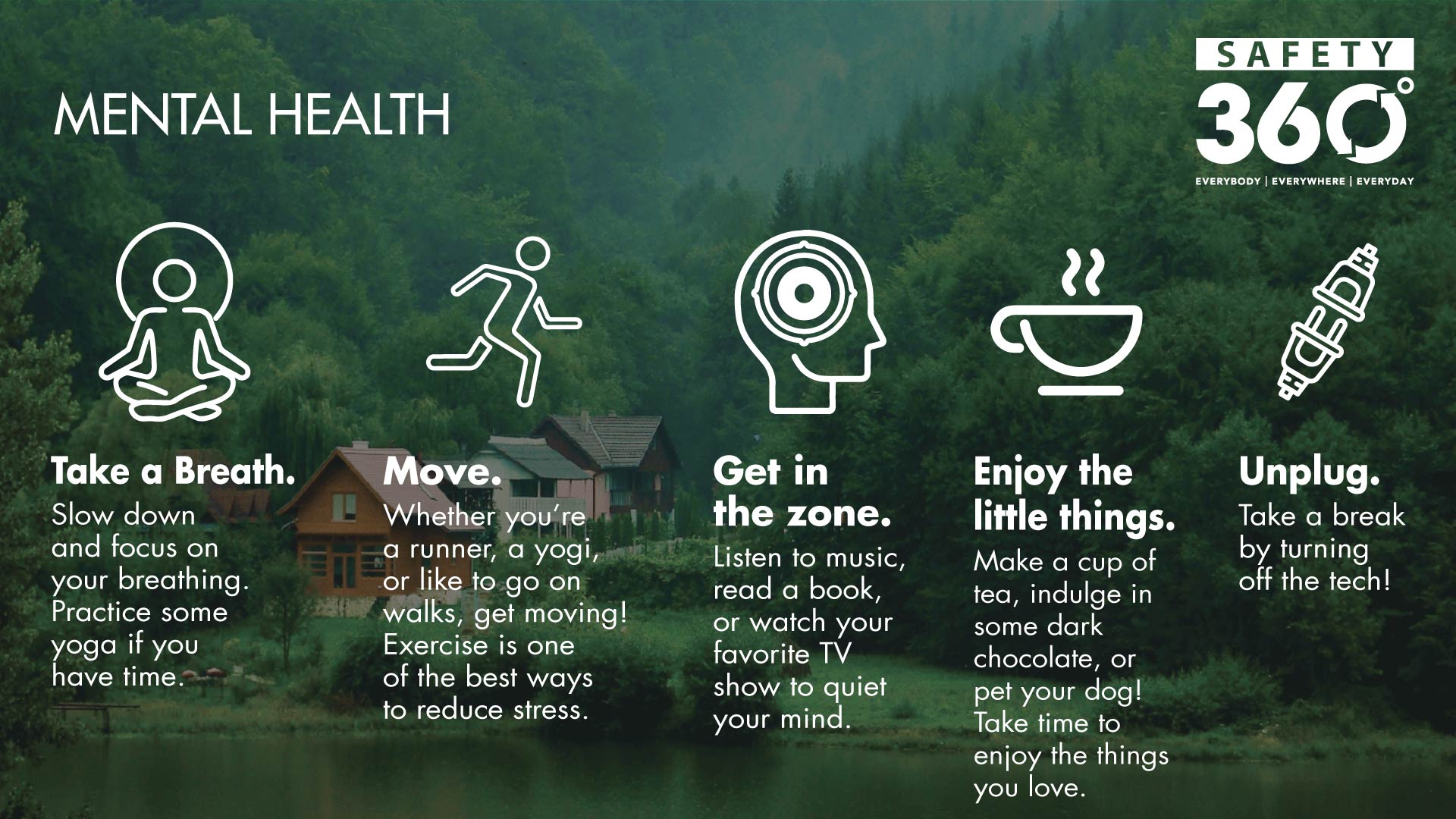United States


You Matter. We Care.
Each of our offices offers an Employee Assistance Program (EAP), we have signage and communications across offices and jobsites, and our intranet hosts a number of trainings, programs, websites, and other resources to keep raising awareness of the challenges our industry faces when it comes to mental health—and to let people know they are not alone.
Help is available: crisis and suicide resources
UK & IRELAND: 116223 (SamaritansGo to https://www.samaritans.org/how-we-can-help/contact-samaritan/talk-us-phone/)
USA: 988 (Suicide Prevention LifelineGo to https://suicidepreventionlifeline.org/contact-the-lifeline/)
CA: Text HOME to 686868 (Crisis TextlineGo to https://www.crisistextline.ca/)
For emergencies:
USA: 911
IRELAND: 999 or 112
UK: 999
Recognizing the Signs
Ohana.ieGo to https://www.ohana.ie/ is a free, 20-minute training which focuses on breaking stigma and encouraging open conversations about suicide prevention. It can also help you recognize some of the signs from a colleague, friend or family member.
Factors that have led to such a high rate of suicide in construction may include:
- A role that often is isolating
- Periods of unsteady employment depending on seasons
- Mental health stigma
- Sleep disruption
- Chronic pain caused by manual labor
- Travel which may separate workers from families and friends
- Physical strain
- Access to means of committing suicide like high places
- Pressure to finish projects
- Low or inconsistent pay
- Poor working conditions
Health & Wellness at STO Building Group
